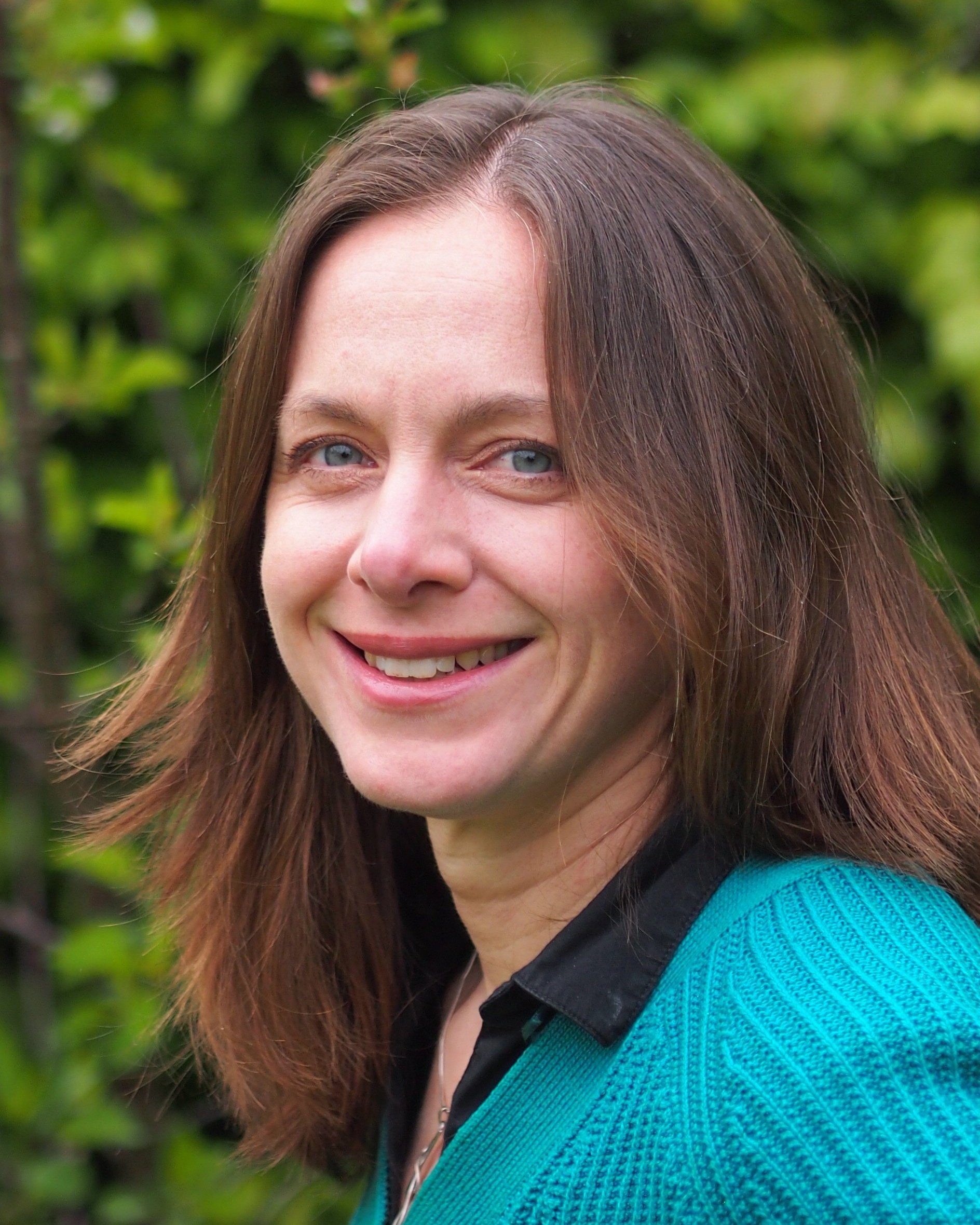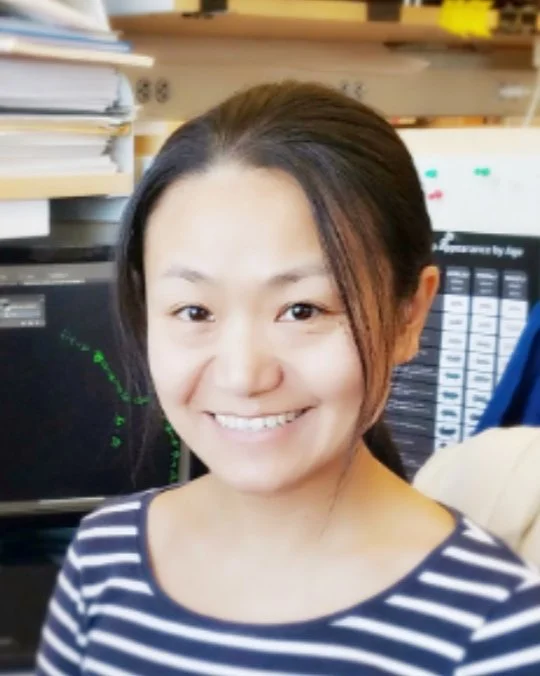Dr. Jennifer Bizley
Professor University of College London Postdoctoral Fellow University of Oxford PhD in Neuroscience University of Oxford
When Dr. Jenny Bizley was interviewing for her undergraduate program in natural sciences, she was asked what research topic she might want to focus on. Without thinking, she blurted out “neuroscience,” surprising herself with the lack of hesitation in her answer. This first gravitation towards neuroscience may have been subconscious, but it was long-lasting. Today, Jenny is a group leader at University College London (UCL), where her lab studies how neuronal activity in the auditory cortex shapes our perception of the external world.
The child of an engineer and a hospital pharmacist, Jenny always felt an inclination towards science over the arts. Like many young science students, she started out thinking she might want to go into medicine. She began working in a hospital to gain clinical experience and quickly decided that it was not the best fit. While she loved watching surgeries, Jenny did not feel that she was enough of a “people person” for a patient-facing occupation. After this realization, she turned her focus to research.
Jenny’s first foray into the auditory system was accidental and early in her research career. While she was working towards her bachelor’s degree, Jenny emailed about 20 PIs across London asking whether they might have space in their labs for a summer intern. The one PI who responded and offered a position happened to study cochlear biophysics. While this experience taught Jenny that she did not like molecular biology, she discovered a new love: the cochlea. The cochlea is a spiral structure in the inner ear responsible for sensing and transmitting sound vibrations. While Jenny was fascinated by the processes of audition, it was more serendipity than single-mindedness that led her to continue in the auditory field. Not feeling like she was ready to pinpoint her PhD topic, she applied to a neuroscience graduate program at Oxford that allowed students to do lab rotations. These programs are less common in the UK, and there were even fewer of them at the time. She chose to rotate in an audition lab mostly because she wanted to try electrophysiology: she was thrilled by the prospect of listening to neurons in real time. The technique and the sense of lab camaraderie, more than the research topic, were the driving forces in her choosing this lab for her PhD work.
When she joined, the lab had just published a high impact paper on audition in the primary auditory cortex of ferrets. Jenny decided that she wanted to try using some of the same concepts to study secondary auditory cortex to look for areas that might be specialized for spatial localization of sound. However, there was one issue that Jenny did not entirely anticipate when she chose her PhD project. There had been very little characterization of the secondary auditory cortex in the ferret; Jenny would have to do a lot of the legwork herself to map out the secondary fields. Ferrets are a remarkably good model for studying audition in a way that is relevant to humans. In addition to having a hearing frequency range that almost completely overlaps with that of humans, ferrets are able to distinguish between two different simultaneous voice stimuli based on the pitch of each voice, which is something humans do. Ferrets also employ similar mechanisms as humans for localizing the source of a sound, relying on the tiny difference in timing between when the sound waves reach one ear versus the other.
Ultimately, Jenny did not have time to test some of the more hypothesis-driven questions that she began her PhD with, but she accomplished very important work, laying the foundation for herself and others to study more complex auditory pathways in the ferret model. While the research was perhaps less question-driven than she had hoped, Jenny did make an exciting and unexpected discovery. She was recording neural activity from the brains of ferrets while showing them visual stimuli, trying to discern where the auditory cortex ended and the visual cortex began. Strangely, wherever she stuck her electrode, even deep in the auditory cortex, she seemed to get responses to the visual stimulus. This led her to identify multi-modal sensory neurons in the auditory cortex that could respond to both sound and vision, and thus help integrate multiple senses!
Perhaps in part because she had spent the majority of her PhD working to characterize the basics of her circuits of interest, Jenny remained at Oxford to do a postdoc with a second mentor within the same larger audition group. This allowed her to continue building upon her thesis work in the secondary auditory cortex. It was also during this time that she began doing some psychophysics experiments in humans. There were multiple advantages to integrating human work with the ferret work. Human work helped to speed up the animal work; it was easier to design new paradigms when researchers could give verbal instructions to subjects, investigating which parts of a new task worked and which did not. They could then take these tasks back to the ferret to try to address mechanistic questions that were not possible to answer in humans. Another advantage to doing human work is, of course, the clinical relevance. For instance, she developed some noise localization tasks that were used to help assess hearing aid function for human patients. Jenny has found it exciting to feel that her work is having real-world impact.
As she was nearing the end of her postdoc, Jenny applied for fellowships that would allow her to start her own lab. She was awarded the Royal Society Fellowship and ultimately accepted a position at UCL. Jenny set about setting up her own lab, jumping through a series of administrative hoops to introduce a new model organism at the university: the ferret. With her lab up and running, Jenny began to push against the boundaries imposed by the classic tasks used in the field. For instance, typically sound localization studies in ferrets are done by training the ferrets to keep their heads still while sounds are played at different spots around them. Jenny wanted to understand sound localization in a more naturalistic setting, so she designed an experiment in which the ferrets would be free to move around while sounds were presented. She was curious: did the ferrets just encode the localization in relation to their head position, or was there an auditory equivalent to the hippocampal “place cell” that encoded the sound’s location in the context of the external environment? Jenny and her team discovered a subset of cells that acted as auditory place cells, a finding she could never have made if the ferrets had been fixed in one position.
About five years into having her lab, Jenny had her first child, and a second followed a few years later. While juggling family life and running a lab has presented its challenges—particularly home-schooling one of her daughters during a global pandemic!—Jenny has come to realize that being a parent has given her new perspective on her career. Because the health and happiness of her daughters has dwarfed other priorities, she is better able to take hiccups like grant rejections in stride and maintain a healthier relationship with her work. As she looks to the future of that work, Jenny hopes to continue making her lab’s behavioral paradigms more naturalistic to best understand audition in the context of daily life. Of course, she will continue to work with both ferrets and humans to advance our understanding of audition mechanisms with clinical relevance. Undoubtedly, the Bizley lab will continue to push the boundaries of what is known about how we process the sounds of the external world.
Find out more about Jennifer and her lab’s research here.
Listen to Margarida’s full interview with Jennifer on January 4, 2023 below!



